Both communities are vulnerable .
At the seminar "Application of heritage in creativity" within the framework of the recent Thang Long - Hanoi Festival, many notable contents on exploiting the value of traditional heritage were discussed. Experts and culturalists agreed that Vietnam possesses an extremely rich treasure of cultural heritage, which is the crystallization of the history of labor, beliefs and art through many generations. However, in the wave of cultural industry development, heritage needs to be "awakened" to become a potential source of materials for new forms of creativity.
.jpg)
According to Dr. Mai Thi Hanh, Deputy Head of the Faculty of Cultural Industry and Heritage, School of Interdisciplinary Sciences and Arts (Hanoi National University), in the context of deep integration and the development of digital technology, the relationship between heritage and cultural industry is emerging as a "hot keyword" in both research and practice. In this relationship, the thinking on preserving Vietnamese cultural heritage has shifted from the "static conservation" model - focusing only on maintaining the originality of heritage, to the "dynamic conservation" model - turning heritage into a resource, capable of generating profits and spreading. This change is "a turning point" and is the key to helping heritage escape the "frozen" state in museums and enter life.
“Heritage needs to be seen as a living entity, always moving with the rhythm of contemporary life. Instead of fearing that heritage will be destroyed, we should encourage new approaches so that each traditional value can be revived in contemporary language without losing its soul,” said Ms. Hanh.
.jpg)
However, when artisans and traditional knowledge of the community participate in the creative market, this shift has led to new challenges related to intellectual property rights, ethics as well as fairness. Ms. Nguyen Tu Hang, Director of Hanoi Grapevine shared that there was a Vietnamese enterprise that worked with artisans in the ancient capital of Hue and learned how to make cushions. When exporting this item, the foreign partner asked the enterprise to determine the origin. Instead of proving where the raw materials were imported from and what the design was like, the enterprise registered the product for industrial design ownership. But immediately, the online community was stirred up with the question: When the enterprise has been protected for industrial design, can the old artisans and those who practice the profession of making cushions still produce this item? According to Ms. Hang, the community that holds the heritage suddenly finds itself in the lower position, at risk of being sued at any time. And finally, that industrial design protection certificate was revoked… This story gave her a lot to think about, because this is a very basic contradiction and if it is not resolved, the path of creation and bringing heritage into life will encounter many obstacles.
“Recently, young people are very interested in exploiting heritage or factors related to tradition, but how can we maintain these activities in the long term? Or then we encounter controversies or a status on Facebook demanding fairness. How can we have a sustainable, good relationship between the heritage-holding community and the commercialization of products?”, Ms. Hang asked.

Sharing the same view, Dr. Mai Thi Hanh also said that in many studies on the relationship between heritage and cultural industry, people have praised and romanticized this relationship; they think that this is a beautiful relationship, but in reality it does not always happen like that.
From the perspective of heritage creators, visual artist Tran Thao Mien said that when she and Collective Sonson returned to Vietnamese craft villages, the artisans had many other concerns, were still worried about making a living, and had little time to do traditional jobs. With much effort, the young people of Collective Sonson connected and cooperated with artisans to create new products that were more suitable to the times. However, after the artisans had the "formulas" to make new products, they proceeded to produce their own products to commercialize them on the market. This was something that Collective Sonson members saw as an "unpleasant" situation, but they did not know how to solve it. According to Ms. Nguyen Tu Hang, this story shows that not only the heritage-holding community is easily vulnerable, but the creative design community is also at risk of being hurt.
Legal gaps are not easy to fill.
Sharing about intellectual property rights in the cultural industry, Dr. Le Tung Son (University of Social Sciences and Humanities) said that intellectual property law has two very big rights: personal rights and property rights. However, in Vietnam today, regarding traditional knowledge and cultural expressions, the law only recognizes personal rights (spiritual rights) and does not pay much attention to property rights (rights to exploit commercial and economic values).
“According to Article 23 of the Intellectual Property Law, when creators base on folklore and art works, they must cite and refer to the source and protect its values. The law only requires that but does not mention paying a certain fee or to whom,” Mr. Son cited.
However, according to Mr. Son, the World Intellectual Property Organization also recognizes that, in reality, indigenous people whose lives are not really good still have to take responsibility for preserving community values, while the ability to collect economic value belongs to organizations and businesses from outside. Therefore, the legal system in some countries has mentioned the story of paying fair fees. However, the problem has not been thoroughly resolved because of a series of questions: Who pays the fees? Who is the beneficiary? How is the fee payment implemented? Who has the authority to demand the fee payment? Is the community all the people or just the heritage practitioners? When exploiting the value of heritage, does an individual have to pay fees to the community of which he is also a member?
Discussing the benefit sharing mechanism, Dr. Le Tung Son proposed that it would be advisable to establish heritage holding associations, which would be the units responsible for collecting royalties from exploiting heritage to reinvest in conservation work. In addition, another organization may be needed to collect royalties, which would be the "bridge" between the creators and the heritage ownership community...
However, Dr. Le Tung Son also said that this is a very big problem, filling these legal gaps requires more than in-depth research and discussion. “For example, “One Thousand and One Nights” or “Aladdin and the Magic Lamp” are works of Arabic literature and art, but when an American film producer exploits them in a film version, they will not have to pay any money. Obviously, there is no fairness in this story. We - as intellectual property researchers - are trying to have more solid arguments about these legal gaps. The purpose is to create legal frameworks that both honor the value of heritage and protect creators and the community,” said Mr. Son.
Source: https://congluan.vn/ung-dung-di-san-trong-sang-tao-goc-nhin-tu-dao-duc-va-phap-ly-10319482.html








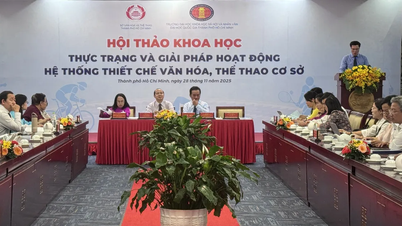

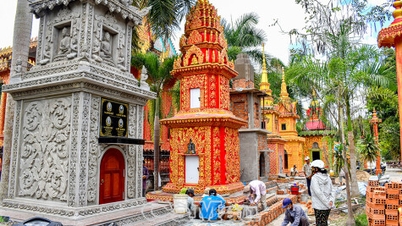





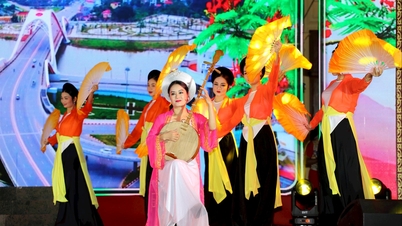

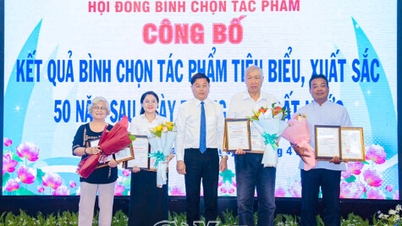






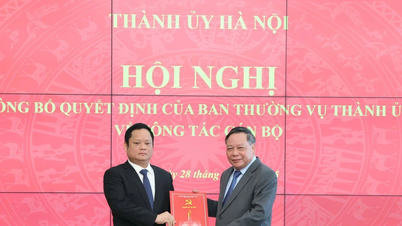


















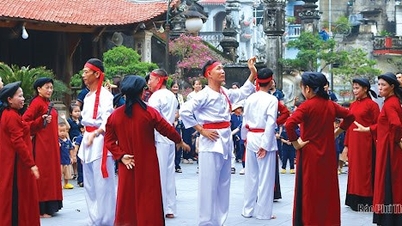









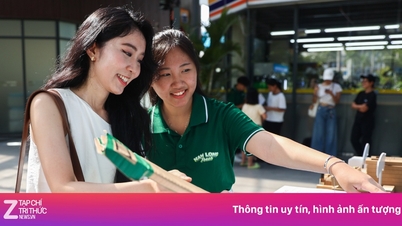





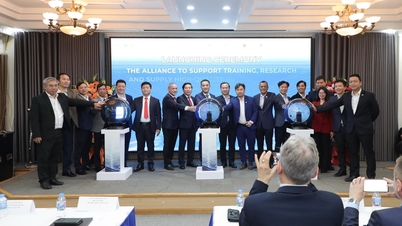

















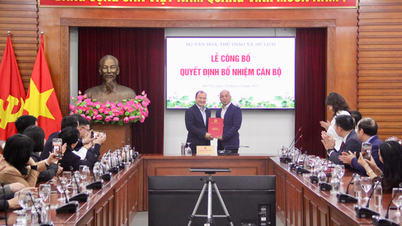






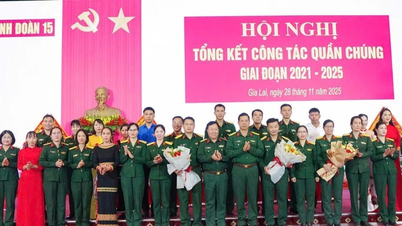

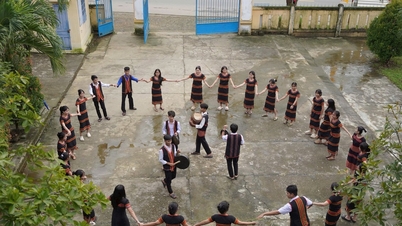

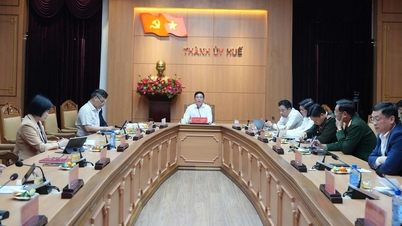

















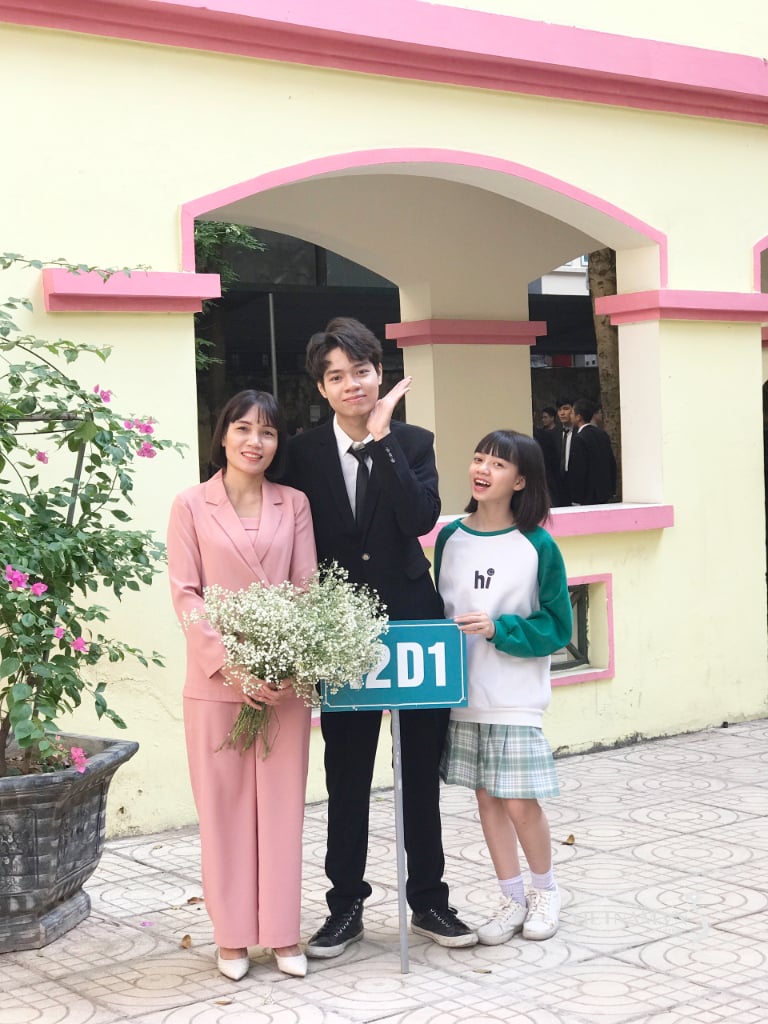
Comment (0)